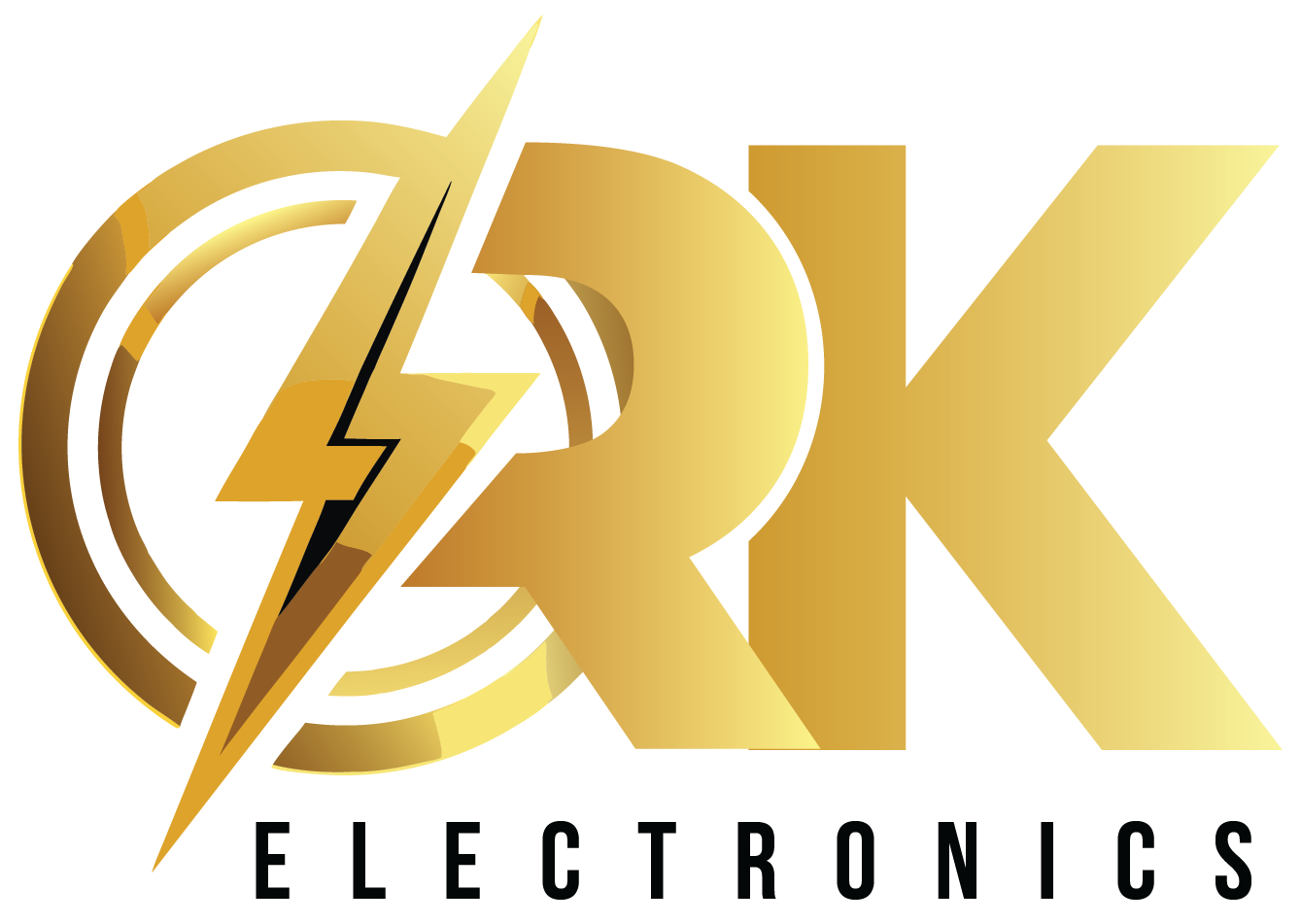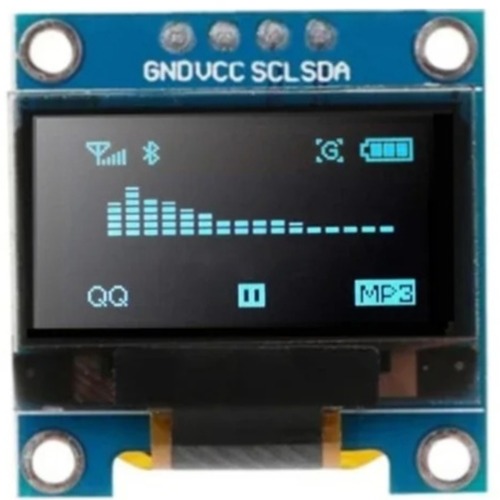The 0.91 Inch OLED display module 4pin but very readable due to the high contrast of an OLED display. This display is made of 128×32 individual white OLED pixels, each one is turned on or off by the controller chip. Because the display makes its own light, no back light is required. This reduces the power required to run the OLED and is why the display has such high contrast.
The driver chip is SSD1306, communicates via I2C only. 3 pins are required to communicate with the chip in the OLED display, two of which are I2C data/clock pins.This board/chip uses I2C 7-bit address 0x3C.
The OLED and driver require a 3.3V power supply and 3.3V logic levels for communication.The power requirements depend a little on how much of the display is lit but on average the display uses about 20mA from the 3.3V supply.
This 0.91” I2C OLED Display is an OLED monochrome 128×32 dot matrix display module with I2C Interface. It is perfect once you need an ultra-small display. The driver IC is SSD1306 with the I2C interface. Comparing to LCD, OLED screens are far more competitive, which features a number of benefits like high brightness, self-emission, high contrast ratio, slim outline, wide viewing angle, wide temperature range, and low power consumption. It is compatible with any 3V-5V microcontroller, like Arduino.
OLEDs basic structure consists of organic materials positioned between the cathode and therefore the anode, which consists of electrical conductive transparent Indium Tin Oxide (ITO). The organic materials compose a multi-layered thin film, which incorporates the opening Transporting Layer (HTL), Emission Layer (EML) and therefore the Electron Transporting Layer (ETL). By applying the acceptable electric voltage, holes and electrons are injected into the EML from the anode and therefore the cathode, respectively. The holes and electrons combine inside the EML to make excitons, after which electro luminescence occurs. The transfer material, emission layer material and selection of electrode are the key factors that determine the standard of OLED components.
OLED display, no need backlight, self-illumination, the display performance is best than the normal LCD display, also lower consumption. I2C interface, requires only two signal pin. It comes with development resources and manual (examples for Raspberry Pi/Jetson Nano/Arduino/STM32) etc.
Pin Connection :
- GND: Ground
- VCC: 3.3-5V
- SCL: Serial Clock
- SDA: Serial Data
Package Includes:
1 x 0.91 Inch OLED Display Module 4Pin








